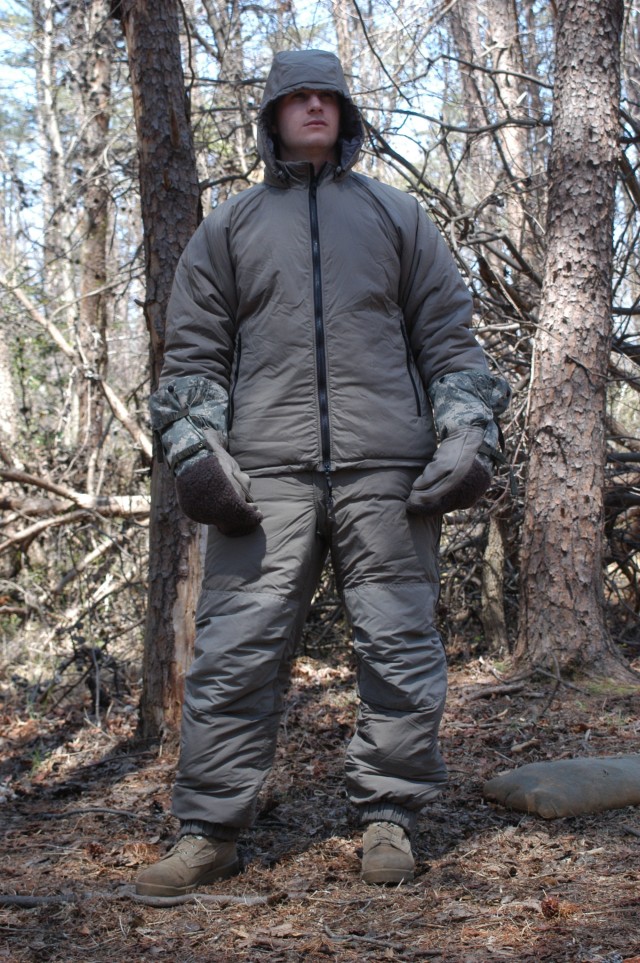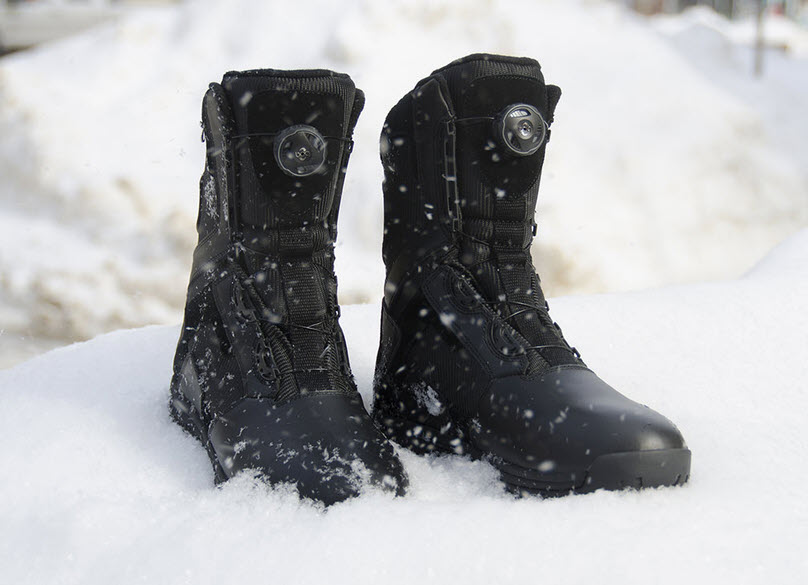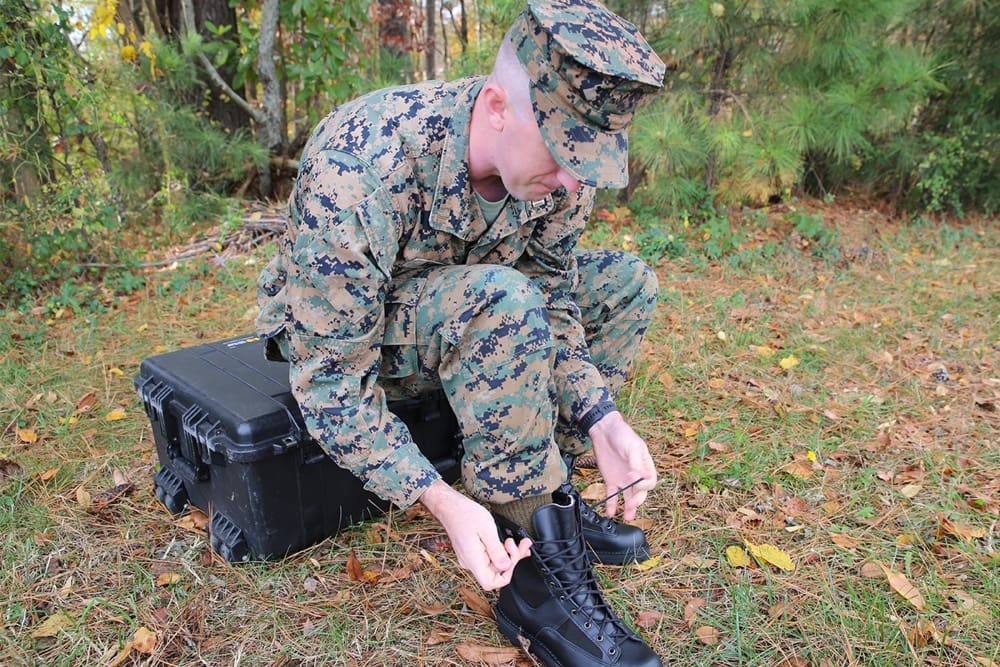Surviving Extreme Conditions: The Importance of Proper Footwear
Operating in extreme cold weather environments poses significant risks to military personnel, including frostbite, hypothermia, and other cold-related injuries. These conditions can be debilitating, even life-threatening, and can significantly impair performance and effectiveness. Military extreme cold weather boots play a crucial role in preventing these conditions, providing a barrier between the foot and the harsh environment. High-quality boots designed for extreme cold weather conditions can mean the difference between safety and disaster. They must be able to withstand freezing temperatures, wet conditions, and other environmental stressors while keeping the foot warm, dry, and comfortable. In extreme cold weather environments, the risk of frostbite and hypothermia increases exponentially, making it essential to wear military extreme cold weather boots that can provide adequate protection and insulation. By understanding the risks associated with extreme cold weather environments, military personnel can take the necessary precautions to ensure their safety and effectiveness.
What Makes a Boot Extreme Cold Weather Ready?
Military extreme cold weather boots are designed to withstand the harshest environments, providing a high level of protection and comfort for military personnel. What sets them apart from regular boots is the combination of advanced technologies and features that enable them to perform in extreme cold weather conditions. Insulation is a critical component, as it helps to retain body heat and maintain a comfortable foot temperature. Military-grade insulation materials, such as Thinsulate and PrimaLoft, are designed to provide maximum warmth while minimizing bulk and weight. Waterproofing is another essential feature, as it prevents water and moisture from penetrating the boot and reaching the foot. This is achieved through the use of waterproof membranes, such as Gore-Tex, and sealed seams. Breathability is also crucial, as it allows moisture to escape and prevents the buildup of sweat and condensation. By incorporating these key features and technologies, military extreme cold weather boots are able to provide a high level of protection and comfort, even in the most extreme cold weather environments.
How to Choose the Right Boots for Your Mission
Selecting the right military extreme cold weather boots for your specific mission is crucial to ensuring safety, comfort, and effectiveness in extreme cold weather environments. The type of environment, temperature range, and activity level are all critical factors to consider when choosing the best boots for your needs. For example, boots designed for Arctic environments typically have a higher temperature rating and more aggressive tread patterns to provide traction on snow and ice. Boots for alpine environments, on the other hand, may prioritize moisture management and breathability to handle wet and snowy conditions. Wet conditions require boots with advanced waterproofing and drainage systems to prevent water from entering the boot. Additionally, factors such as ankle support, cushioning, and weight distribution should also be considered to ensure optimal performance. By understanding the specific demands of your mission and choosing military extreme cold weather boots that meet those demands, you can ensure that your feet remain protected, comfortable, and effective in even the most extreme cold weather conditions.
Bates, Belleville, and More: Top Brands for Military Cold Weather Boots
When it comes to military extreme cold weather boots, several top brands stand out for their high-quality products and innovative technologies. Bates, a leading manufacturer of military footwear, offers a range of extreme cold weather boots, including the popular GX-8 model, which features a waterproof and breathable Gore-Tex membrane and a rugged outsole for traction in icy conditions. Belleville, another well-known brand, offers the One-Xero, a boot designed for extreme cold weather environments, with a temperature rating of -20°F (-29°C) and a moisture-wicking lining to keep feet dry and comfortable. Other top brands, such as Danner, McRae, and Rocky, also offer high-quality military extreme cold weather boots, each with their unique features, pros, and cons. When selecting a brand and model, it’s essential to consider factors such as temperature rating, moisture management, and traction, as well as the specific demands of your mission. By choosing a reputable brand and model, you can ensure that your feet remain protected, comfortable, and effective in even the most extreme cold weather conditions. Military extreme cold weather boots from these top brands have been tested and proven in harsh environments, providing military personnel with the confidence and reliability they need to perform at their best.
Insulation, Waterproofing, and More: Key Technologies Explained
When it comes to military extreme cold weather boots, the right technologies can make all the difference in keeping feet warm, dry, and comfortable in harsh environments. Insulation is a critical component, with materials like Thinsulate and PrimaLoft providing exceptional warmth without compromising breathability. Thinsulate, for example, is a lightweight, breathable insulation that traps warm air while allowing moisture to escape, making it an ideal choice for military extreme cold weather boots. PrimaLoft, on the other hand, is a synthetic insulation that mimics the warmth and lightweight properties of down, but with the added benefit of retaining its insulating properties even when wet. Waterproofing is another essential feature, with technologies like Gore-Tex and eVent providing a waterproof and breathable barrier that prevents water from entering the boot while allowing moisture to escape. Additionally, features like moisture-wicking linings, breathable membranes, and rugged outsoles all play a crucial role in ensuring that military extreme cold weather boots perform optimally in extreme cold weather conditions. By understanding the technical details of these key technologies, military personnel can make informed decisions when selecting the right boots for their specific needs, ensuring that they remain safe, comfortable, and effective in even the most extreme cold weather environments.
Breaking In and Maintaining Your Boots for Optimal Performance
To ensure that military extreme cold weather boots perform optimally in harsh environments, proper break-in and maintenance are crucial. Breaking in military extreme cold weather boots involves gradually conditioning the leather and materials to mold to the foot, reducing the risk of blisters and discomfort. This can be achieved by wearing the boots for short periods, gradually increasing the duration, and applying a leather conditioner to soften the material. Additionally, cleaning and drying the boots after each use is essential to prevent the growth of mold and mildew, which can compromise the integrity of the materials. Storage techniques, such as keeping the boots in a cool, dry place and away from direct sunlight, can also help extend the lifespan of military extreme cold weather boots. Furthermore, regular inspections for signs of wear and tear, such as cracks in the sole or worn-out laces, can help identify potential issues before they become major problems. By following these simple tips and advice, military personnel can ensure that their military extreme cold weather boots remain in top condition, providing optimal performance and protection in even the most extreme cold weather environments.
Real-World Testing: How Boots Perform in Extreme Conditions
In the harsh environments of Arctic tundras, alpine mountains, and wet conditions, military extreme cold weather boots are put to the ultimate test. Real-world testing and case studies have shown that high-quality boots can make all the difference in ensuring safety, comfort, and effectiveness. For instance, a study conducted by the US Army in Alaska’s frozen terrain found that military extreme cold weather boots with advanced insulation and waterproofing technologies, such as Thinsulate and Gore-Tex, significantly reduced the risk of frostbite and hypothermia among soldiers. Similarly, a case study of military personnel operating in wet and icy conditions in Norway highlighted the importance of boots with aggressive tread patterns and self-cleaning lugs, which provided superior traction and stability on slippery surfaces. These real-world testing experiences and case studies demonstrate the critical role that military extreme cold weather boots play in ensuring the safety and effectiveness of military personnel in extreme cold weather environments. By understanding how boots perform in real-world scenarios, military personnel can make informed decisions when selecting the right boots for their specific needs, and manufacturers can continue to innovate and improve their products to meet the demands of extreme cold weather operations.
Conclusion: Staying Safe and Effective in Extreme Cold Weather
In extreme cold weather environments, military personnel face unique challenges that can be mitigated with the right gear. Military extreme cold weather boots are a crucial component of this gear, providing the necessary protection, comfort, and support to ensure safety and effectiveness. By understanding the risks of frostbite, hypothermia, and other cold-related injuries, and by selecting the right boots for specific cold weather environments, military personnel can stay safe and effective in even the most extreme conditions. Whether operating in Arctic, alpine, or wet conditions, military extreme cold weather boots with advanced insulation, waterproofing, and breathability technologies can make all the difference. By choosing the right boots for their specific needs, military personnel can focus on their mission, confident in the knowledge that their feet are protected and supported. In the harsh environments of extreme cold weather, military extreme cold weather boots are a vital component of any military operation, and selecting the right boots is critical to ensuring success.



/arc-anglerfish-arc2-prod-mco.s3.amazonaws.com/public/INSRH3XUJJAABFLVICB3V3A2JI.jpg)





